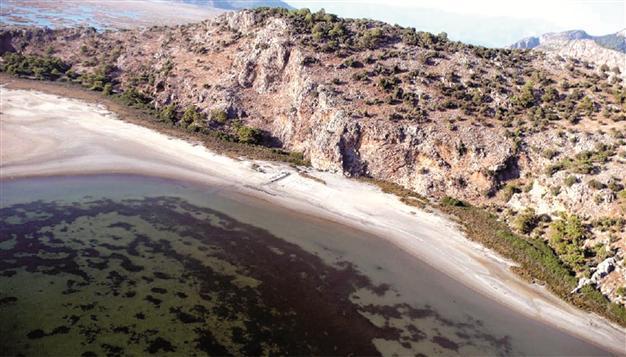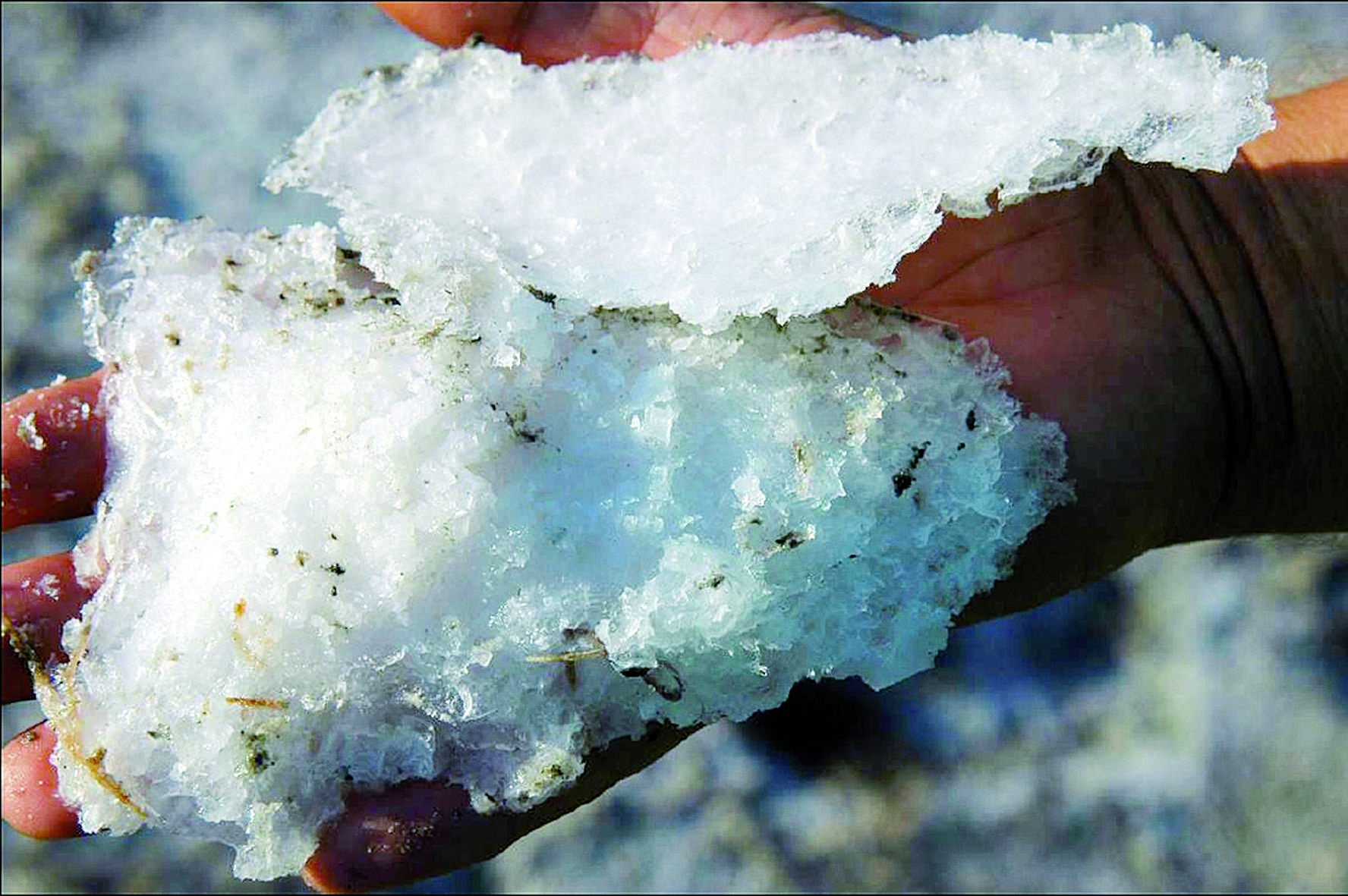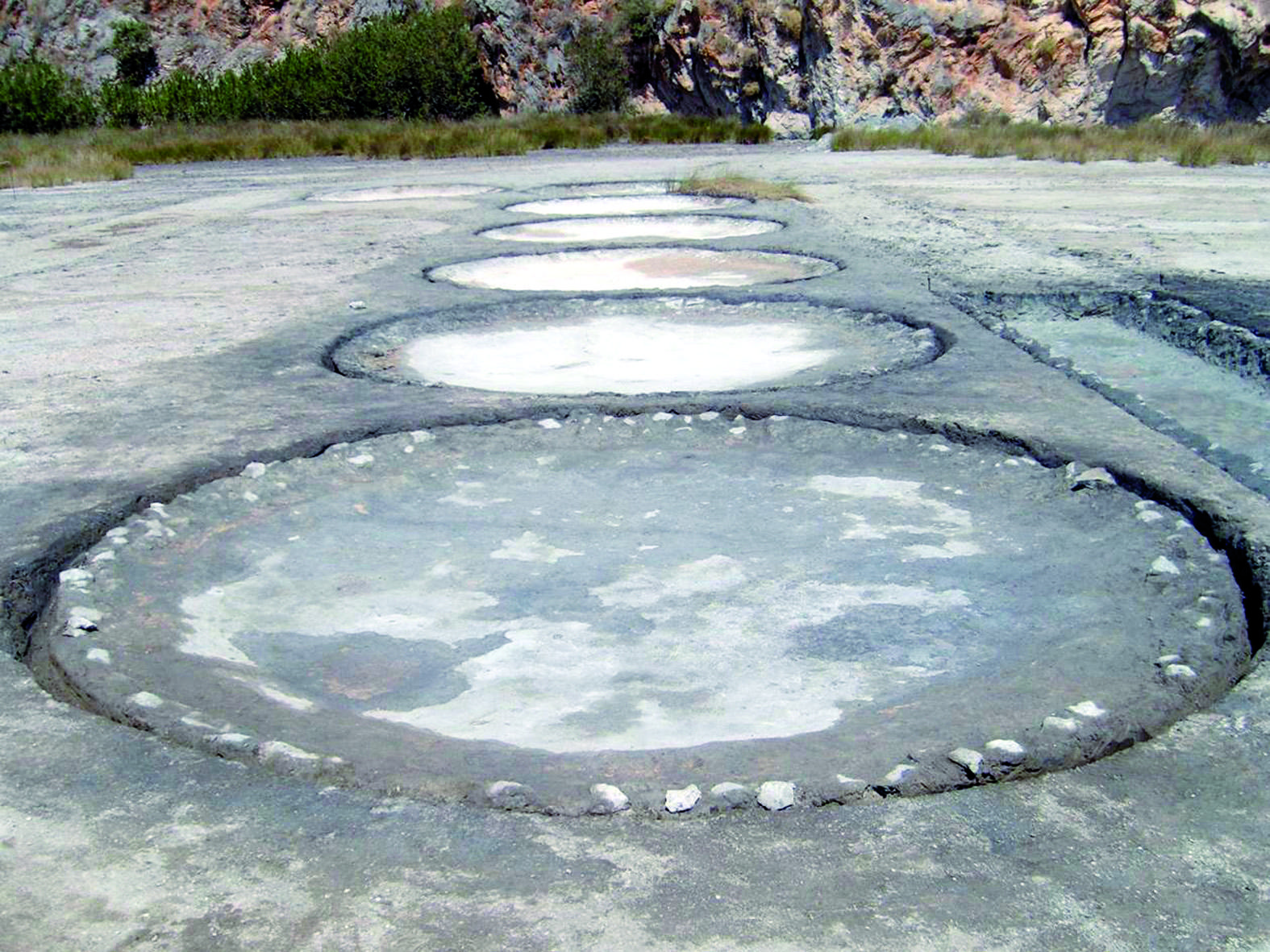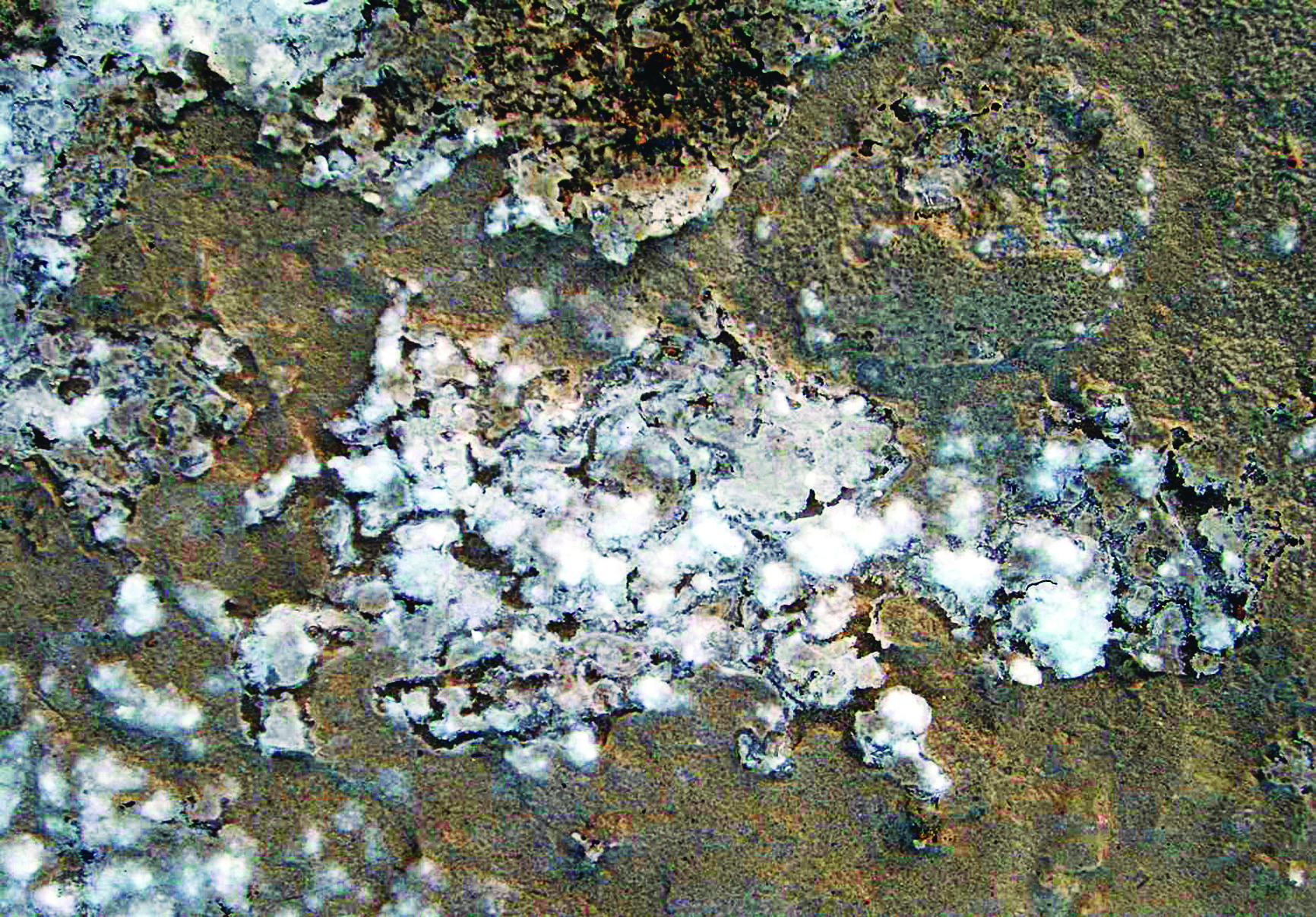Ancient saltpan first in Anatolia
MUĞLA

AA Photos
Archaeological work in the ancient city of Kaunos has unearthed a 2,000 year-old saltpan. The ancient city, which dates back to 3,000 years ago, is located in the Dalyan neighborhood in the western province of Muğla’s Ortaca district. Muğla Sıtkı Koçman University Rector Professor Mansur Harmandar said they have been carrying out scientific work in the region since İztuzu beach was handed over to the university.
Muğla Sıtkı Koçman University Rector Professor Mansur Harmandar said they have been carrying out scientific work in the region since İztuzu beach was handed over to the university. He said a team headed by Professor Cengiz Işık was working in the area, which is home to many historical artifacts.
The professor said during the course of the work they had discovered an area where salt was produced, and continued:
“Forty-eight saltpans were unearthed in the area of İztuzu beach. A project will be made soon to help the area gain tourism. We are currently working on a project in which ancient-era work will be revived. Our purpose is to boost tourism in the area as well as protect and use it.”
Harmandar said the ancient city of Kaunos was a center of trade and civilization in the past, and excavations and scientific studies showed that the locals earned great income from salt production in the region.

Most important finding
The deputy head of Kaunos excavations, Assistant Professor Ufuk Çörtük, said Kaunos had a very significant position among Anatolian cities and excavations had been ongoing there since 1966.
 Çörtük said 48 salt platforms and four channels had been unearthed in the ancient saltpan facility, adding, “The most important outcome of the Kaunos excavations is the saltpans. 2,000 year-old saltpans made us very excited.”
Çörtük said 48 salt platforms and four channels had been unearthed in the ancient saltpan facility, adding, “The most important outcome of the Kaunos excavations is the saltpans. 2,000 year-old saltpans made us very excited.”He said the ancient facility was located on a narrow sand dune on İnceburun Hill behind İztuzu beach, adding the production of salt was an irreplaceable part of social and economic life in the city.
“Our studies reveal that the saltpan is the first one in Anatolian archaeology. Its localization, architectural tissue and production system can be explained,” he said.
Çörtük said interest in the saltpan would increase once the region starts serving tourism.
“It is reported in the ‘customs regulations’ inscription, which was found in the ancient site, that Kaunos salt was one of the most important export articles of the city. In order to boost trade with Kaunos, Roman Emperor Hadrian needed to take some incentive measures regarding the customs regulations. These regulations didn’t compromise only two products; salt is one of them,” he said.
Çörtük said salt was the most desired product in Kaunos because salt was considered a health product for the eyes.
According to ancient era writer Plinius, salt was used for insect stings because of its purifying, dissolvent and caustic features, said Çörtük, adding the writer mentioned both the Salt Lake and Kaunos in regards to salt production.

















